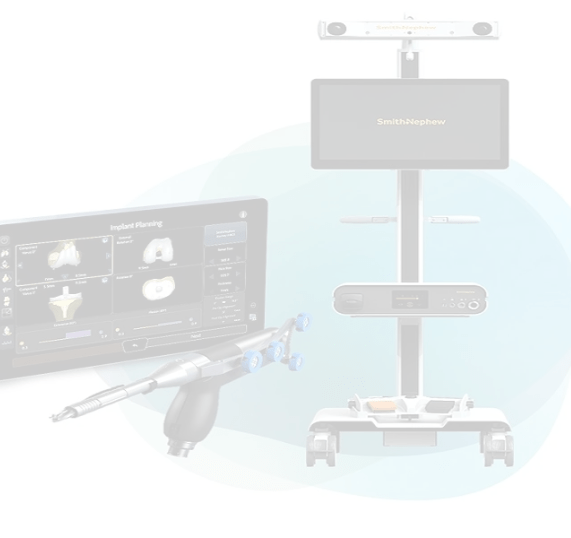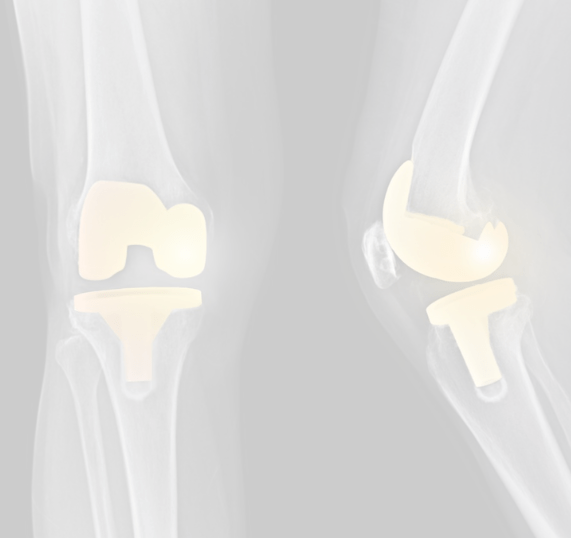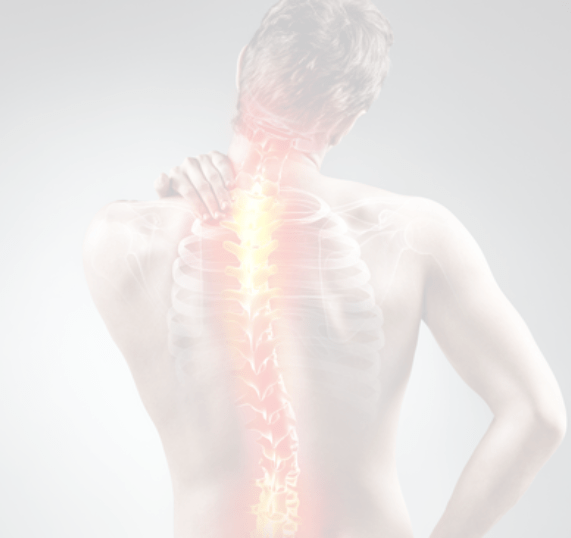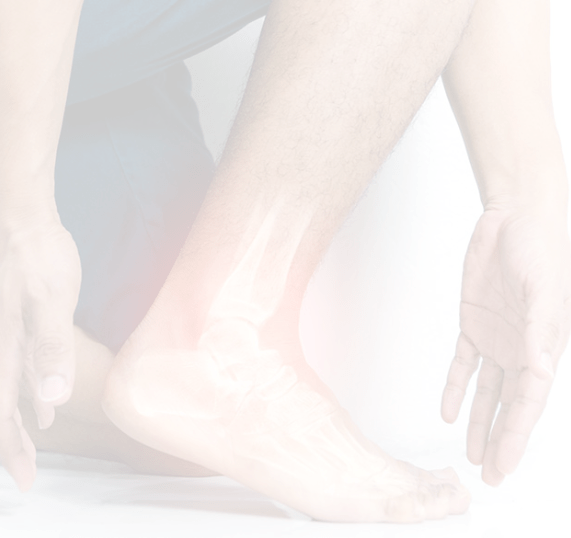WHAT WE TREAT
Comparing Traditional Surgery with Robotic Surgery for Knee Replacements
"Please keep in mind that the outcomes of knee replacement surgeries, whether traditional or robotic, can differ based on an individual's unique condition and the surgeon's proficiency.
We strongly advise consulting with a healthcare expert to determine the most appropriate approach for your knee replacement surgery."

Traditional Surgery
- Involves manual techniques conducted by the surgeon.
- The surgery generally takes more time compared to robotic surgery.
- Recovery time can vary, often requiring post-operative rehabilitation.
- There is a possibility of human error and potential variations in surgical outcomes.
- Surgeons depend on their expertise and experience to make precise incisions and placements
Robotic Surgery
- Combines advanced robotic technology with the surgeon’s expertise.
- Utilizes a robotic system to guide and support the surgical process.
- Generally takes less time compared to traditional surgery.
- Ensures enhanced precision and accuracy in bone cuts and implant placement.
- Reduces the risk of human error, potentially leading to improved long-term outcomes.
- Often results in smaller incisions, reduced pain, and quicker recovery due to its minimally invasive nature.
- Offers real-time feedback and adjustments during the procedure.
- Can contribute to smoother post-surgical rehabilitation thanks to its precise surgical technique.
Treatments Offered
Procedures Done

It is the most common orthopaedic procedure, performed to facilitate pain-free movement, by replacing damaged and diseased knee joints with prosthetic components.
Total/ Unilateral (Single) Knee Replacement

It is a new and innovative technique that involves the use of 3D imaging guidance and robotic arms to carry out the knee replacement procedure. The arms are controlled by our experts with the help of a special console.
Robotic-Assisted Knee Surgery

Hip replacement, also referred to as hip arthroplasty, is another, most successful orthopaedic procedure, offered worldwide, which involves the surgical replacement of severely damaged hip joints with prosthetic components.
Hip Replacement Surgery

Revision replacement is a surgical procedure that involves the replacement of worn-out prosthetic components of the primary replacement.
Revision Replacement

Common spine and back conditions include scoliosis, cervical degenerative disc disease, cervical disc herniation, compression fractures, back pain, lower back sprains, lumbar stenosis, osteoporosis, neck strain, spinal abnormalities and nerve root impingement etc.
Spine and Back Surgery

Some of the common foot and ankle surgeries include Achilles tendon repair, fusion surgery, foot fracture surgery, metatarsal surgery, toe deformity correction, reconstructive surgery for congenital defects or injuries sustained in a trauma.
Foot and Ankle Surgery

Shoulder surgery is a collective term for a wide array of procedures that are performed to treat degenerated, diseased and injured shoulders of the patients.
Shoulder Surgery

Trauma surgery is a highly specialized branch of orthopaedics dedicated to the assessment, treatment and management of serious, life-threatening injuries, caused by severe trauma or impact.
Trauma Surgery

















